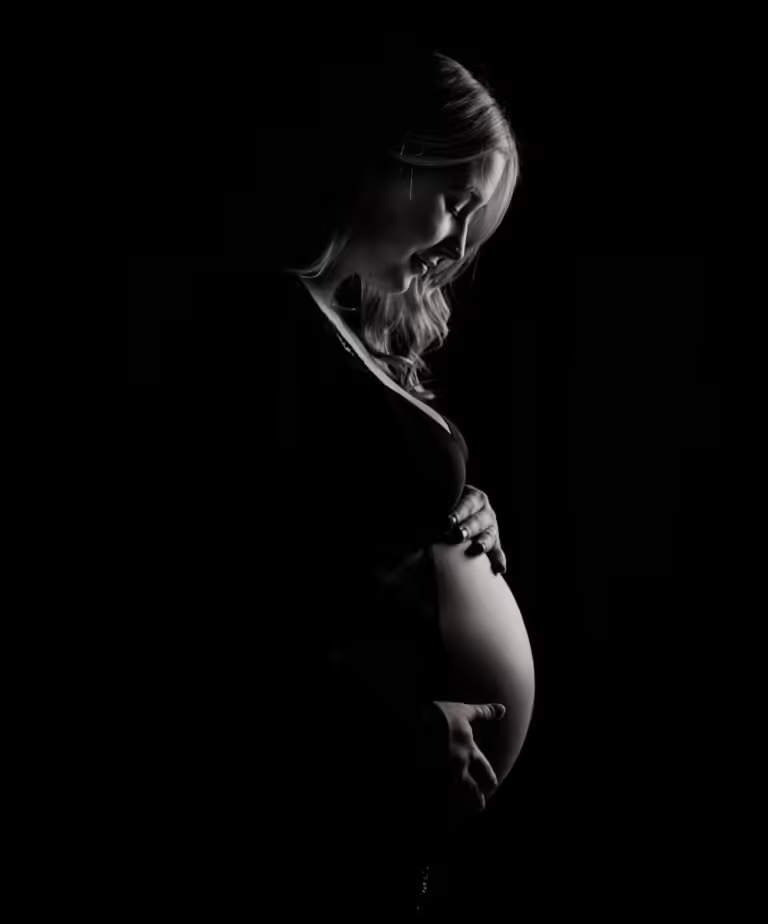I. Introduction to Postpartum Depression
Postpartum depression (PPD) is a serious mental health condition that affects many new mothers. It’s a complex mix of emotional, physical, and behavioral changes that can occur in the days, weeks, or even months after childbirth. Despite its prevalence, PPD remains shrouded in stigma, leaving many women feeling isolated and ashamed. However, with the right support and treatment, it is possible to overcome PPD and find joy and fulfillment in motherhood.
According to the American Psychological Association (APA), PPD affects approximately 1 in 7 women, although some research suggests that the actual number may be much higher. The condition can affect any woman, regardless of age, race, or socioeconomic status. In fact, even celebrities like Chrissy Teigen and Serena Williams have spoken publicly about their struggles with PPD.

II. What are the Symptoms of Postpartum Depression?
The symptoms of PPD can vary from woman to woman, but common signs include:
- Feeling sad, empty, or hopeless
- Loss of interest in activities that were once enjoyable
- Changes in appetite or sleep patterns
- Fatigue or loss of energy
- Difficulty bonding with the baby
- Irritability or anxiety
- Recurring thoughts of death or suicide
In some cases, women may experience symptoms of anxiety or panic attacks, such as a racing heart, sweating, or trembling. If you’re experiencing any of these symptoms, it’s essential to reach out to your healthcare provider or a mental health professional for support.
III. Causes and Risk Factors of Postpartum Depression
While the exact causes of PPD are still not fully understood, research suggests that a combination of hormonal, emotional, and psychological factors contribute to its development. Some risk factors include:
- History of depression or anxiety
- Lack of social support
- Traumatic birth experience
- Premature birth or birth complications
- Multiple births (e.g., twins, triplets)
- Breastfeeding difficulties
- Sleep deprivation
Additionally, women who experience a sudden drop in estrogen and progesterone levels after childbirth may be more susceptible to PPD.
IV. How to Diagnose Postpartum Depression
Diagnosing PPD typically involves a combination of physical and psychological evaluations. Your healthcare provider may:
- Conduct a physical exam to rule out underlying medical conditions
- Ask about your symptoms and medical history
- Use standardized screening tools, such as the Edinburgh Postnatal Depression Scale (EPDS)
- Refer you to a mental health professional for further evaluation and treatment
V. Treatment Options for Postpartum Depression
Fortunately, PPD is a treatable condition, and various treatment options are available. These may include:
- Medications, such as antidepressants or hormone therapy
- Counseling or therapy, such as cognitive-behavioral therapy (CBT) or interpersonal therapy (IPT)
- Support groups, either in-person or online
- Lifestyle changes, such as regular exercise, healthy eating, and stress management
In some cases, hospitalization may be necessary to ensure the mother’s safety and well-being.
VI. Self-Care Strategies for Managing Postpartum Depression
While professional treatment is essential, self-care strategies can also play a vital role in managing PPD. Some helpful tips include:
- Prioritizing sleep and rest
- Engaging in activities that bring joy and relaxation
- Building a support network of family, friends, and fellow mothers
- Practicing mindfulness and self-compassion
- Setting realistic expectations and boundaries
VII. The Importance of Support Systems for Postpartum Depression
Having a strong support system is crucial for women struggling with PPD. This can include:
- Partner or spouse
- Family members and friends
- Online communities and forums
- Support groups, either in-person or online
- Mental health professionals
VIII. Breaking the Stigma Surrounding Postpartum Depression
Despite its prevalence, PPD remains shrouded in stigma, leaving many women feeling ashamed or embarrassed. However, by speaking openly and honestly about our experiences, we can work to break down these barriers and create a more supportive and compassionate community.
IX. Conclusion: Hope and Healing for Postpartum Depression
While PPD can be a challenging and overwhelming experience, there is hope for healing and recovery. By seeking professional help, building a support network, and practicing self-care, women can overcome PPD and find joy and fulfillment in motherhood.









[…] See Also: Postpartum Depression: Symptoms, Causes, and Treatment Options […]